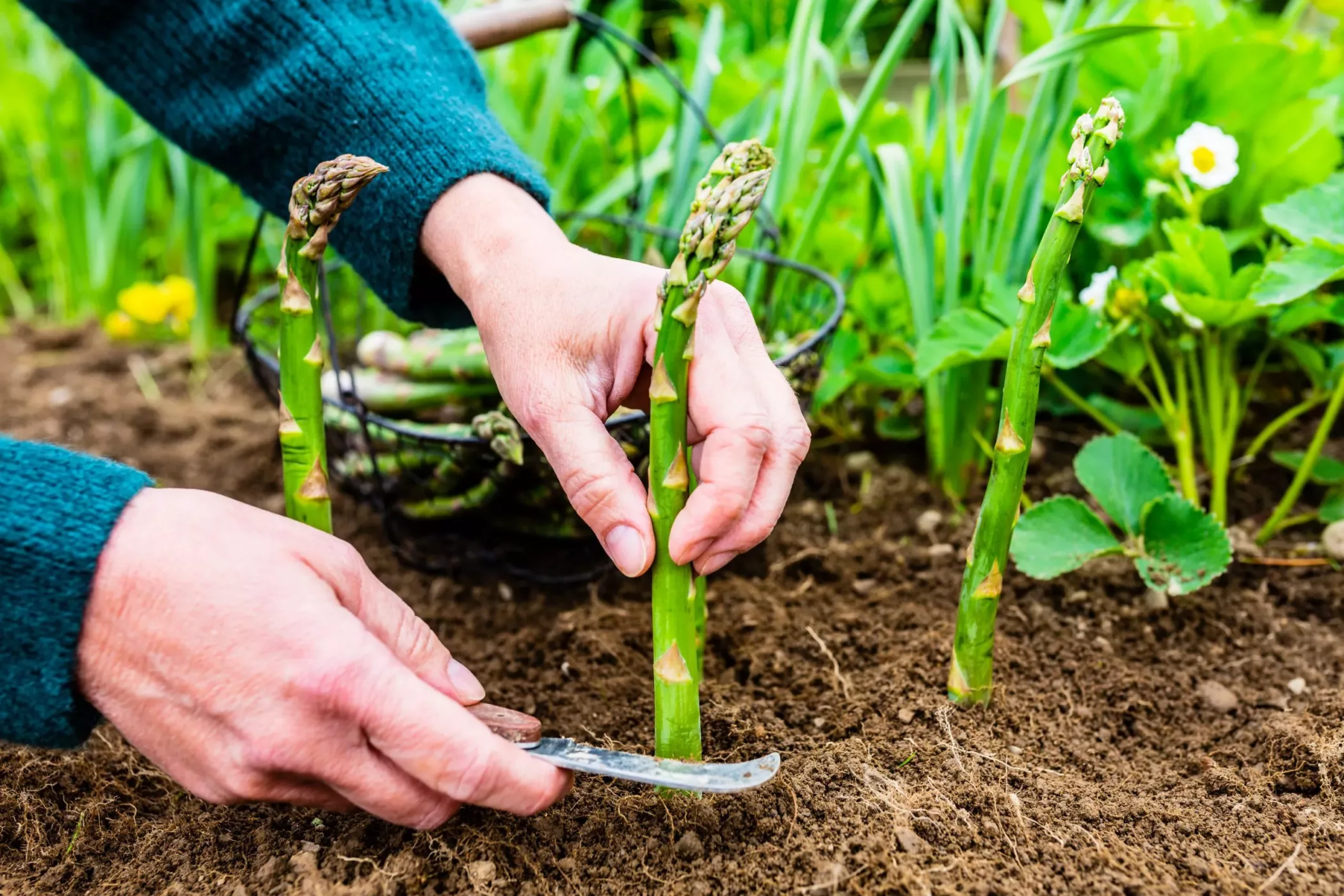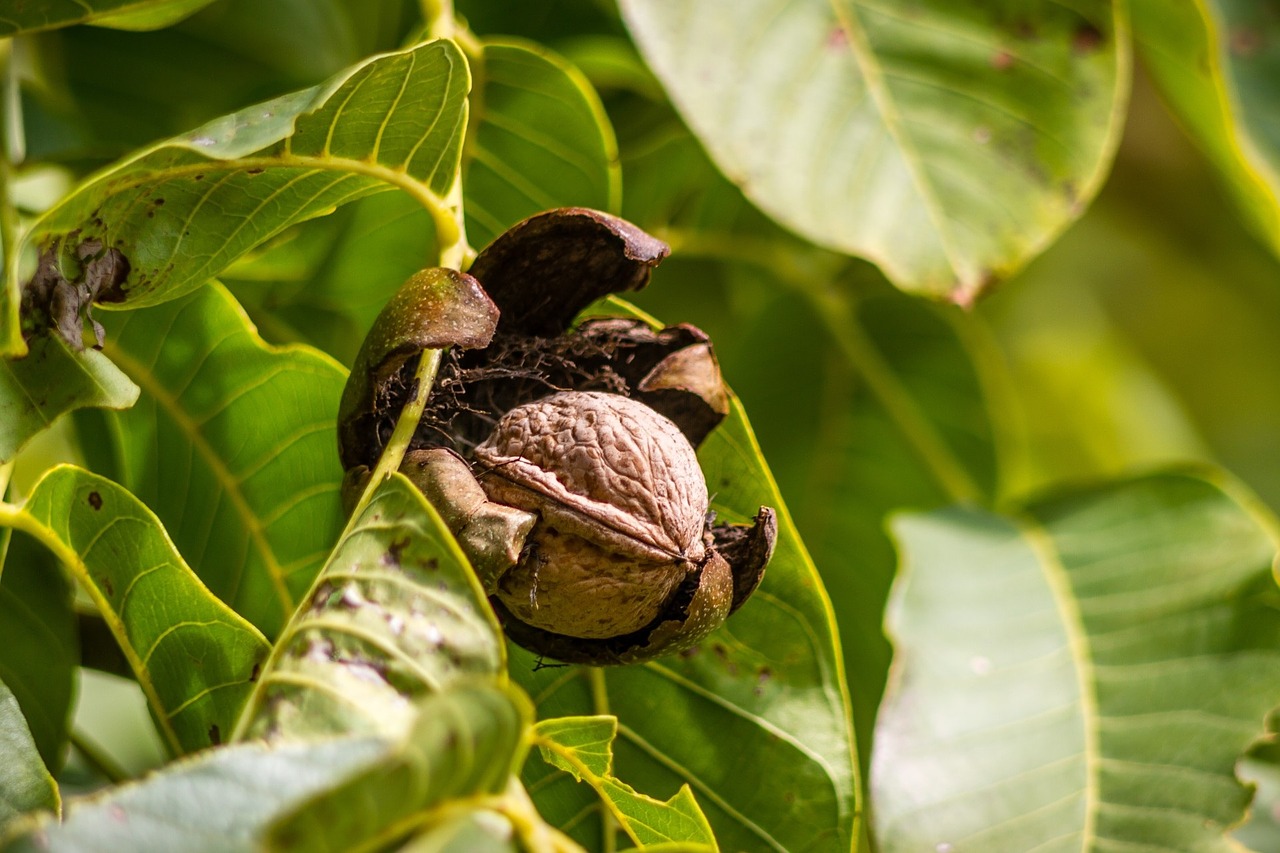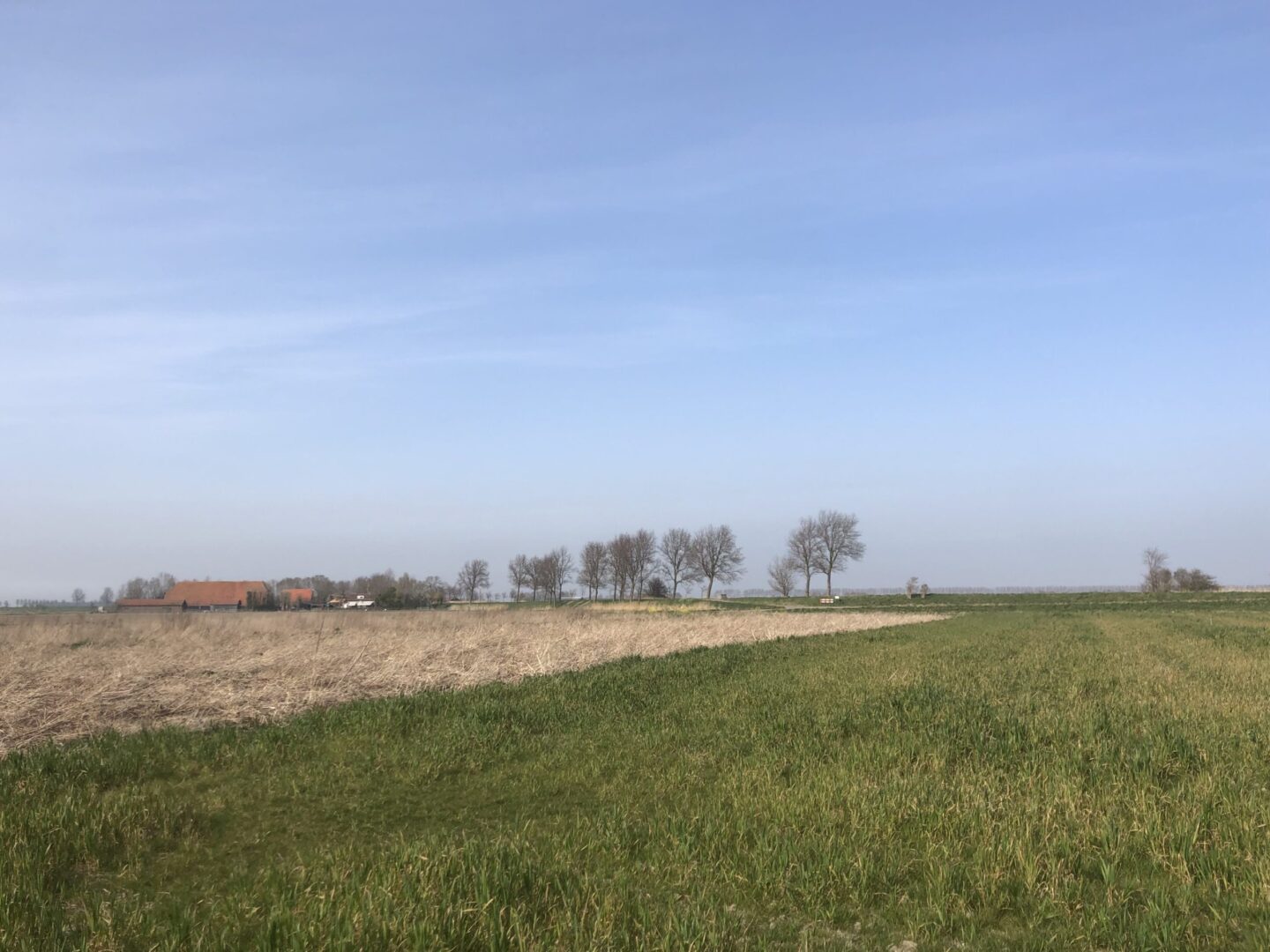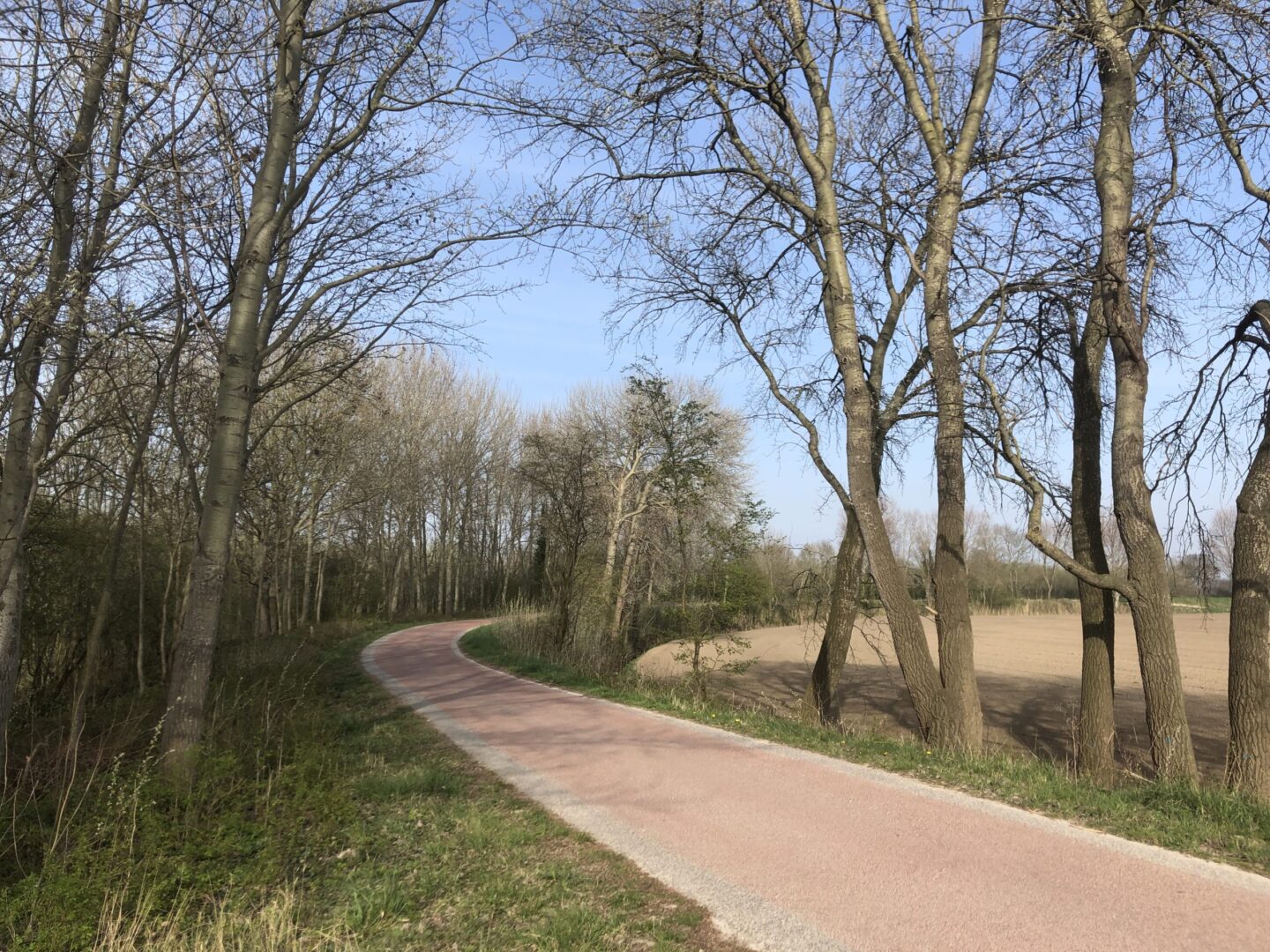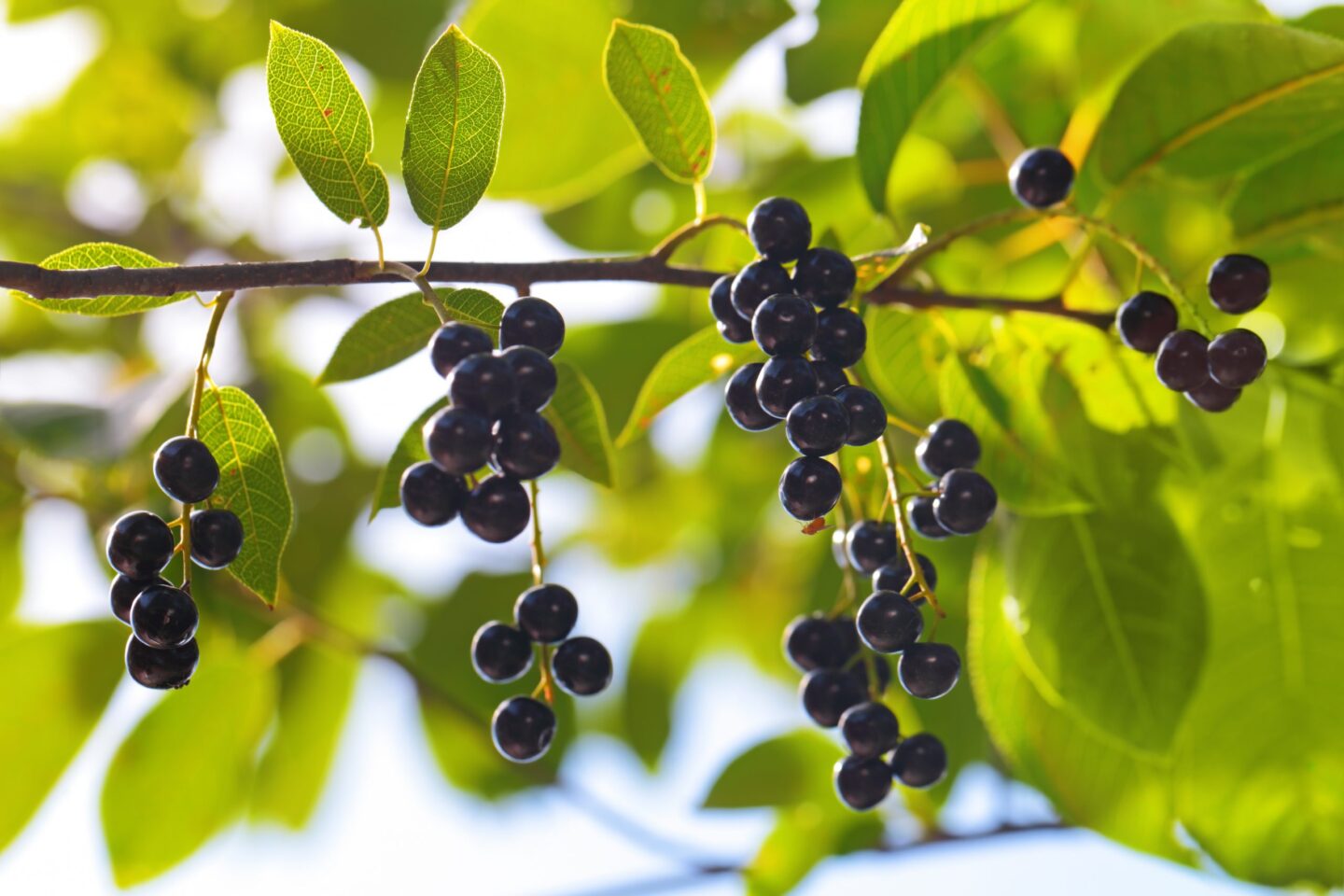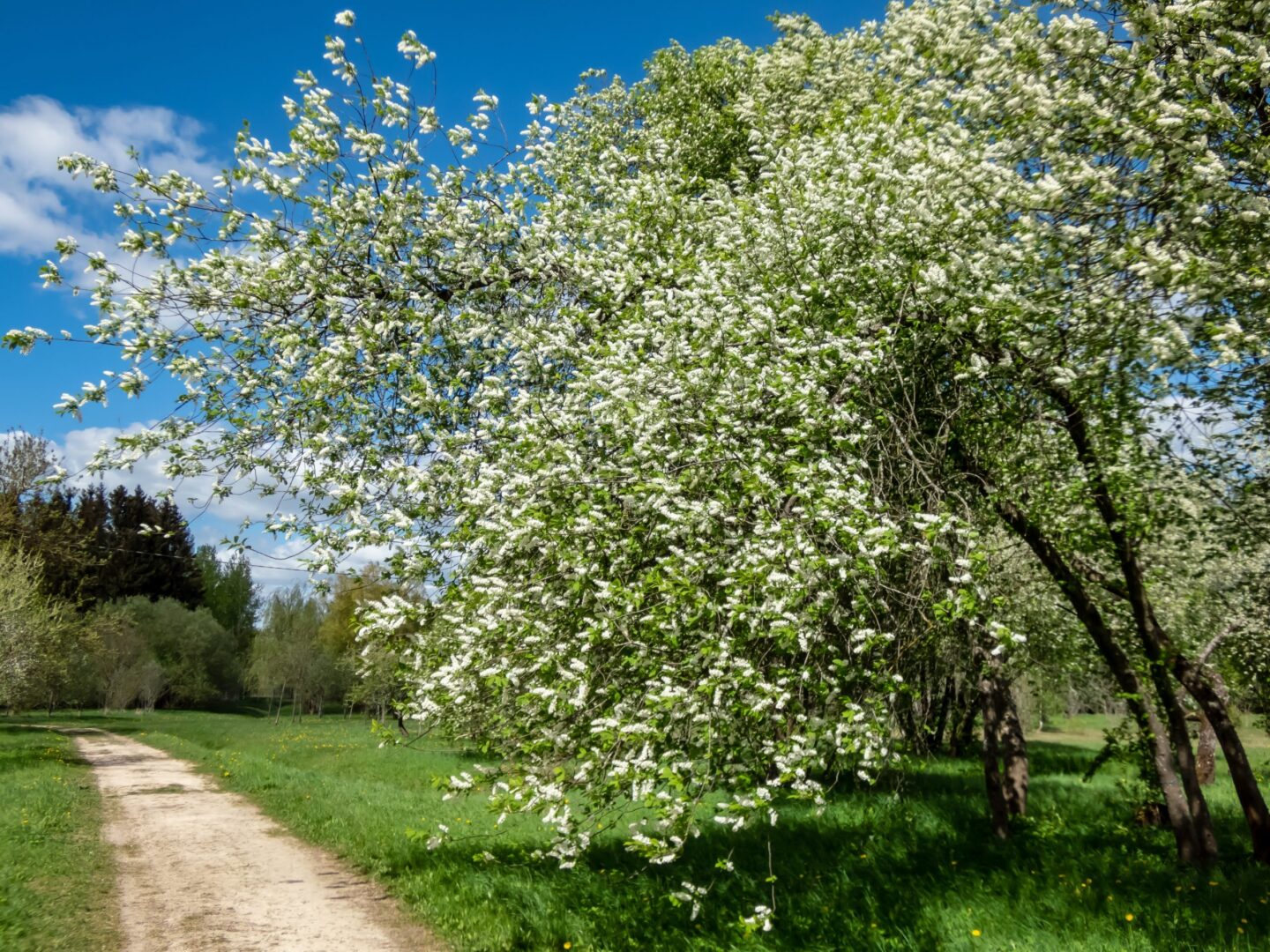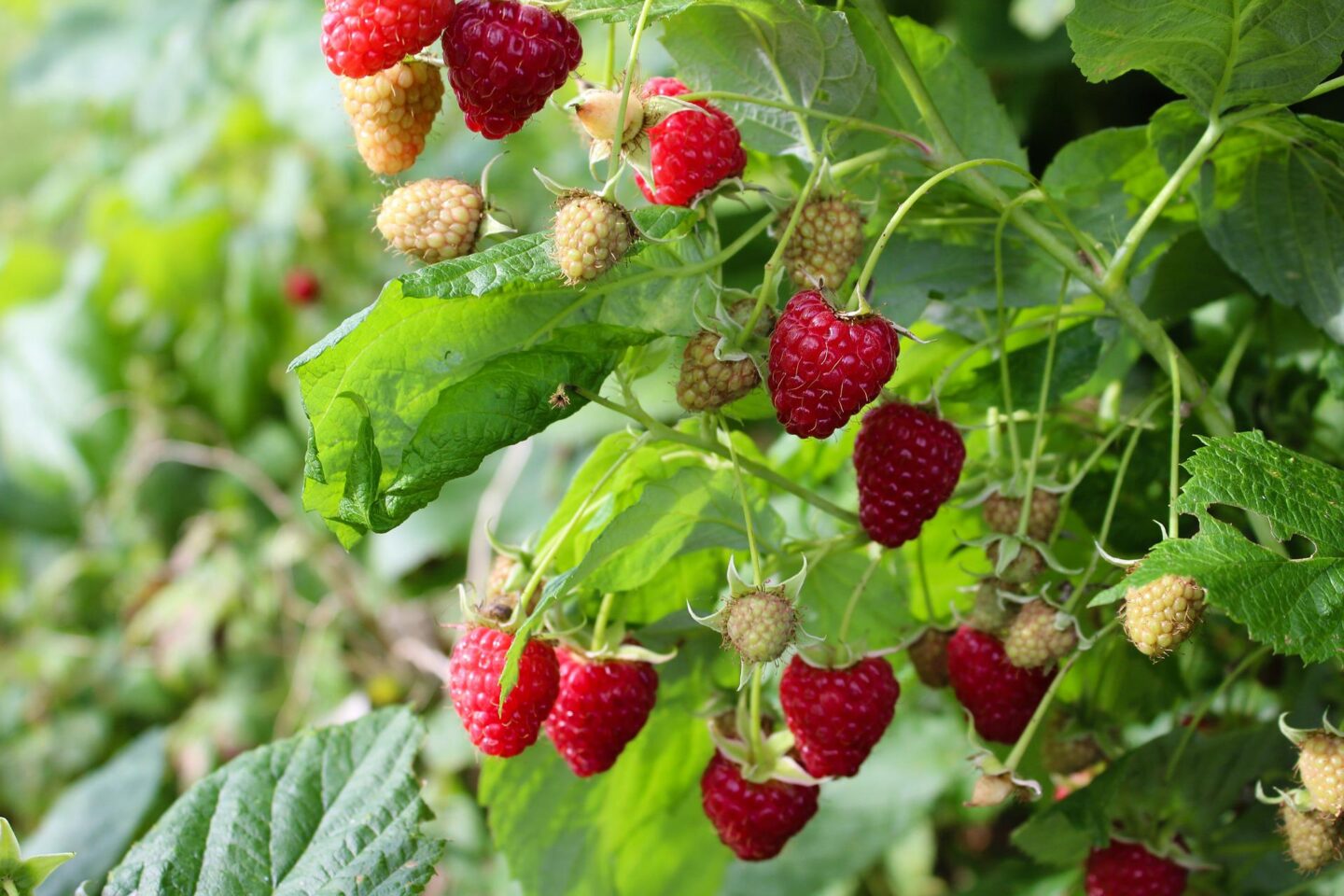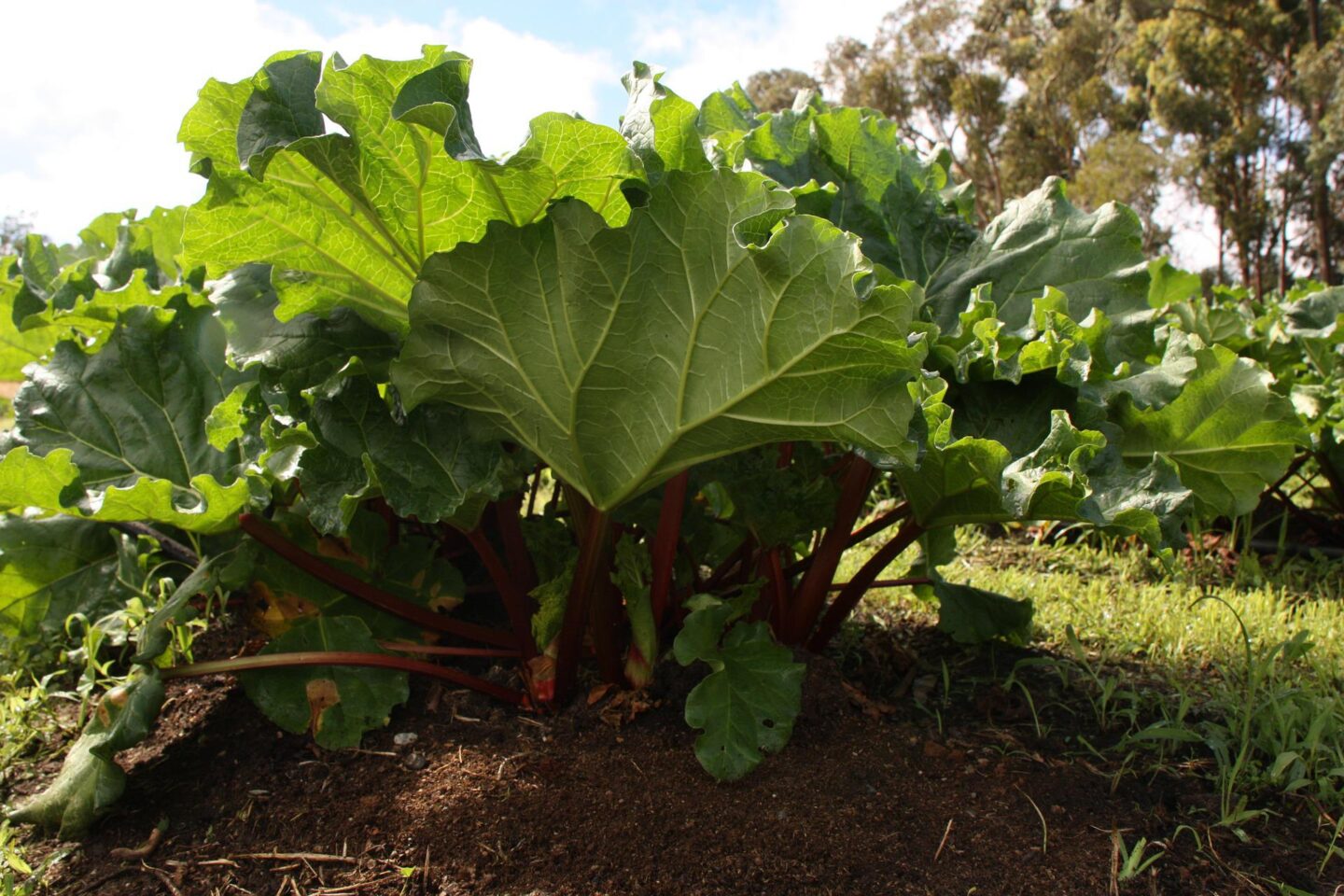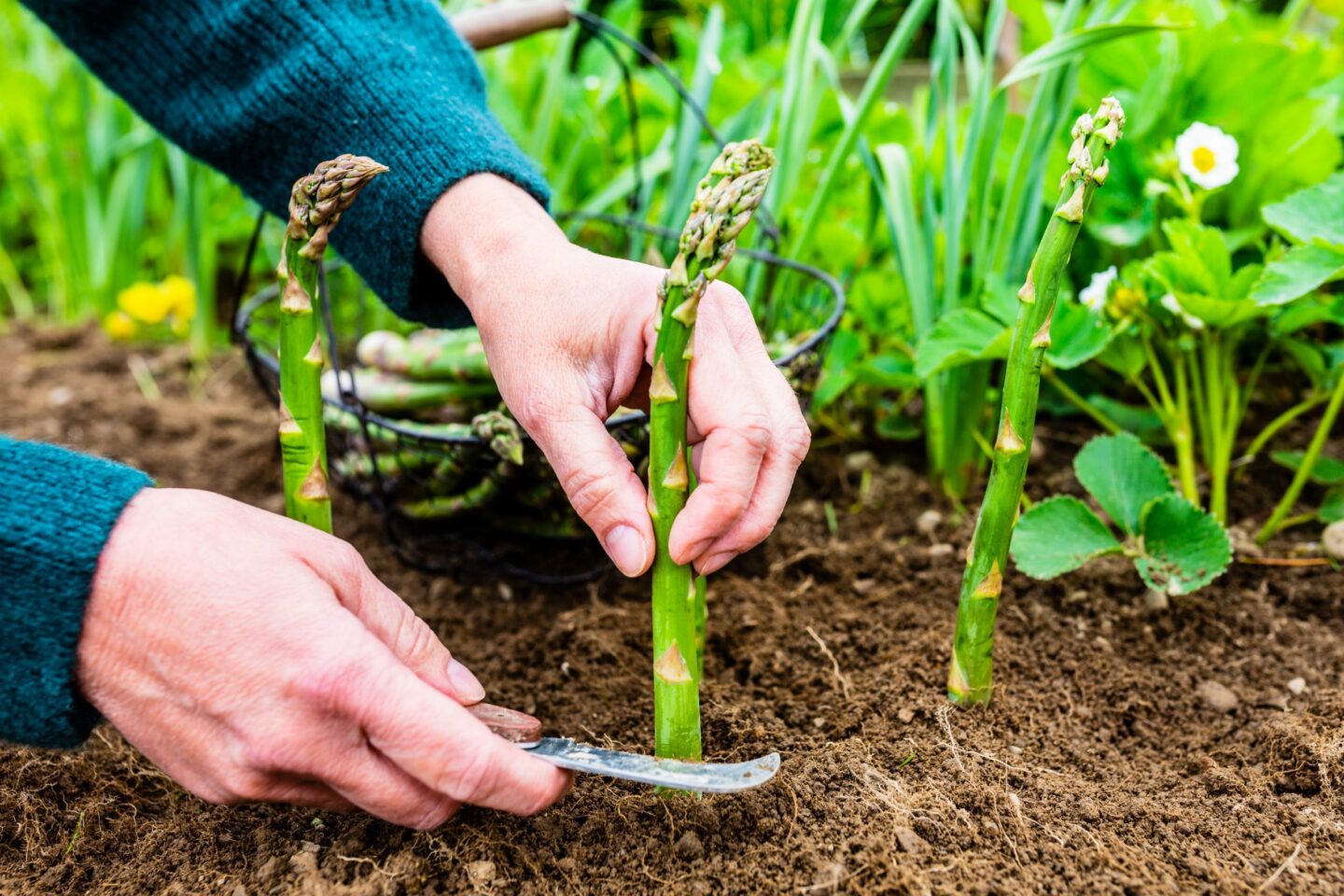What makes this food forest necessary?
Hein Mijs is the owner of Lust & Last. For several decades he worked as a traditional farmer. In the course of the years he saw the landscape impoverish because of monocultures, in which only one or very few types of plants are grown. Besides, biodiversity was rapidly diminishing.
More and more often, Hein got the idea of approaching his farming from a different point of view. In the meantime, his son Onno developed an interest in the food forest concept. Wouldn’t it be brilliant to recreate the old biodiverse landscape in a section of their grounds? To grow local food there? And to involve the local population and schools in this project?
The Mijs family decided to change course radically. In the near future, a former agricultural field will make place for a 4-hectare food forest. Next to the food forest 1 hectare will be converted into a perception forest, in which local visitors and classes of schoolchildren will be able to learn more about nature and sustainable food production. People who have a distance to the labor market will be enabled to work in the food forest.
In short: an initiative of great social impact, which Trees for All supports cordially!
